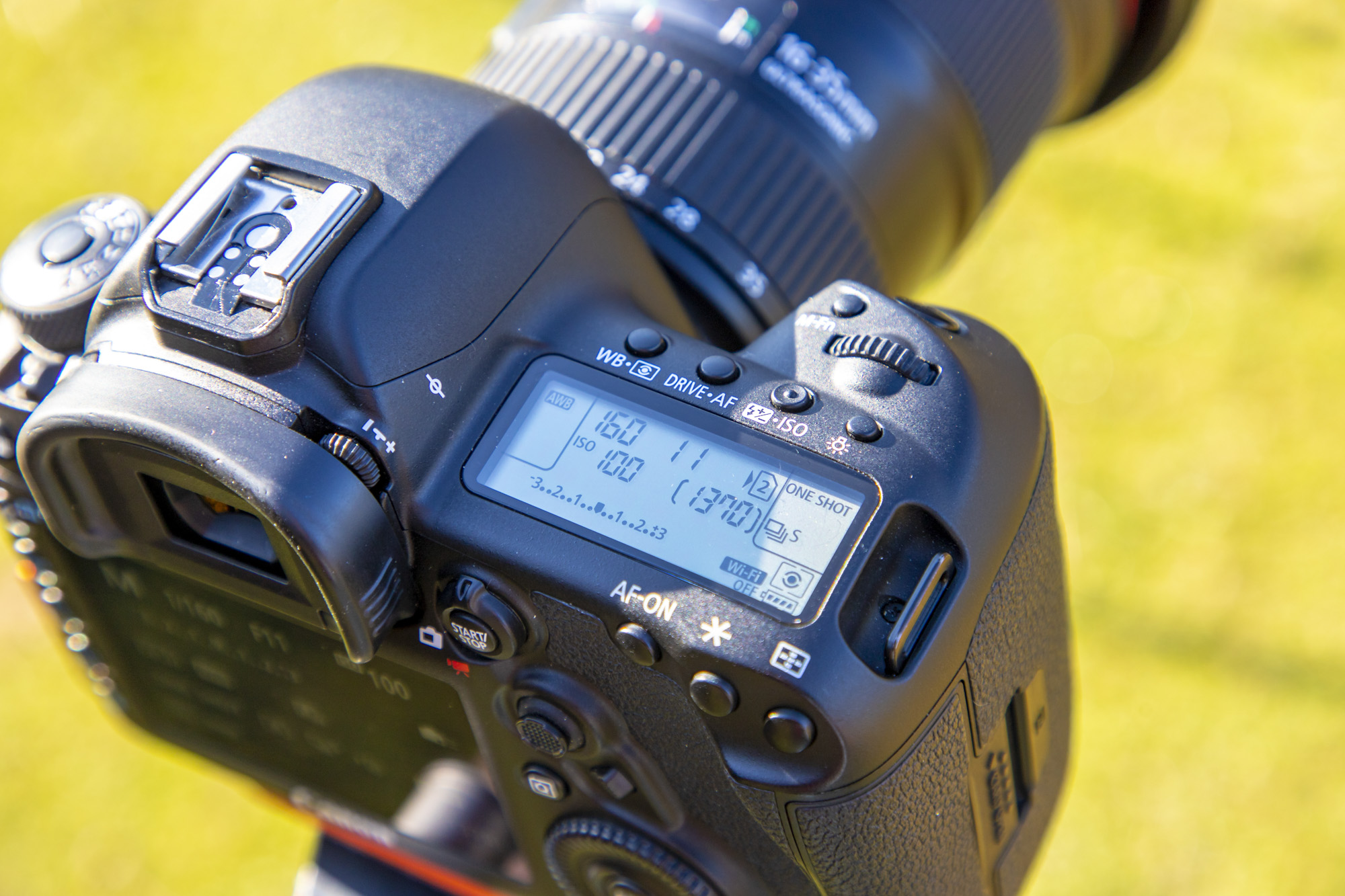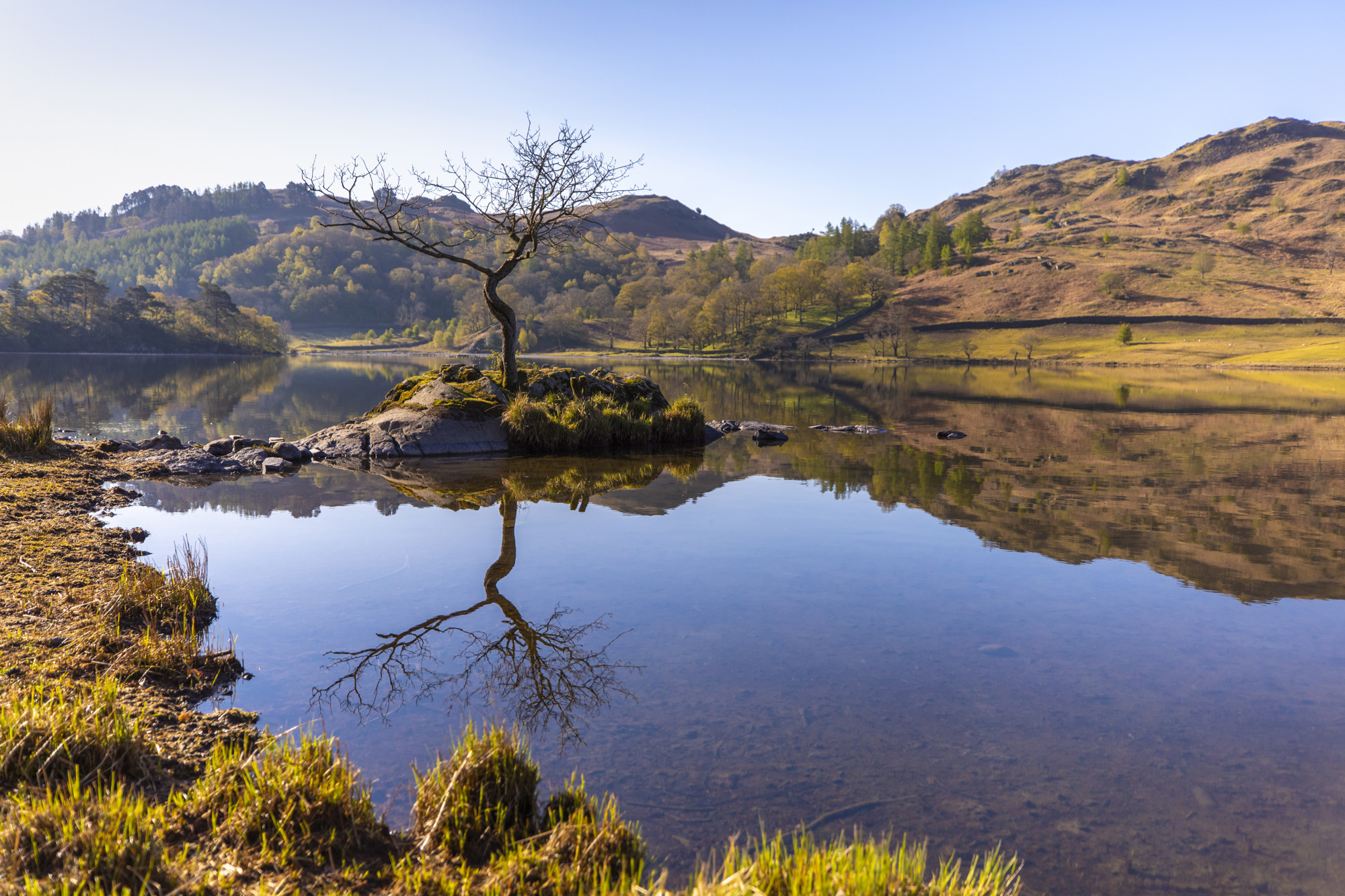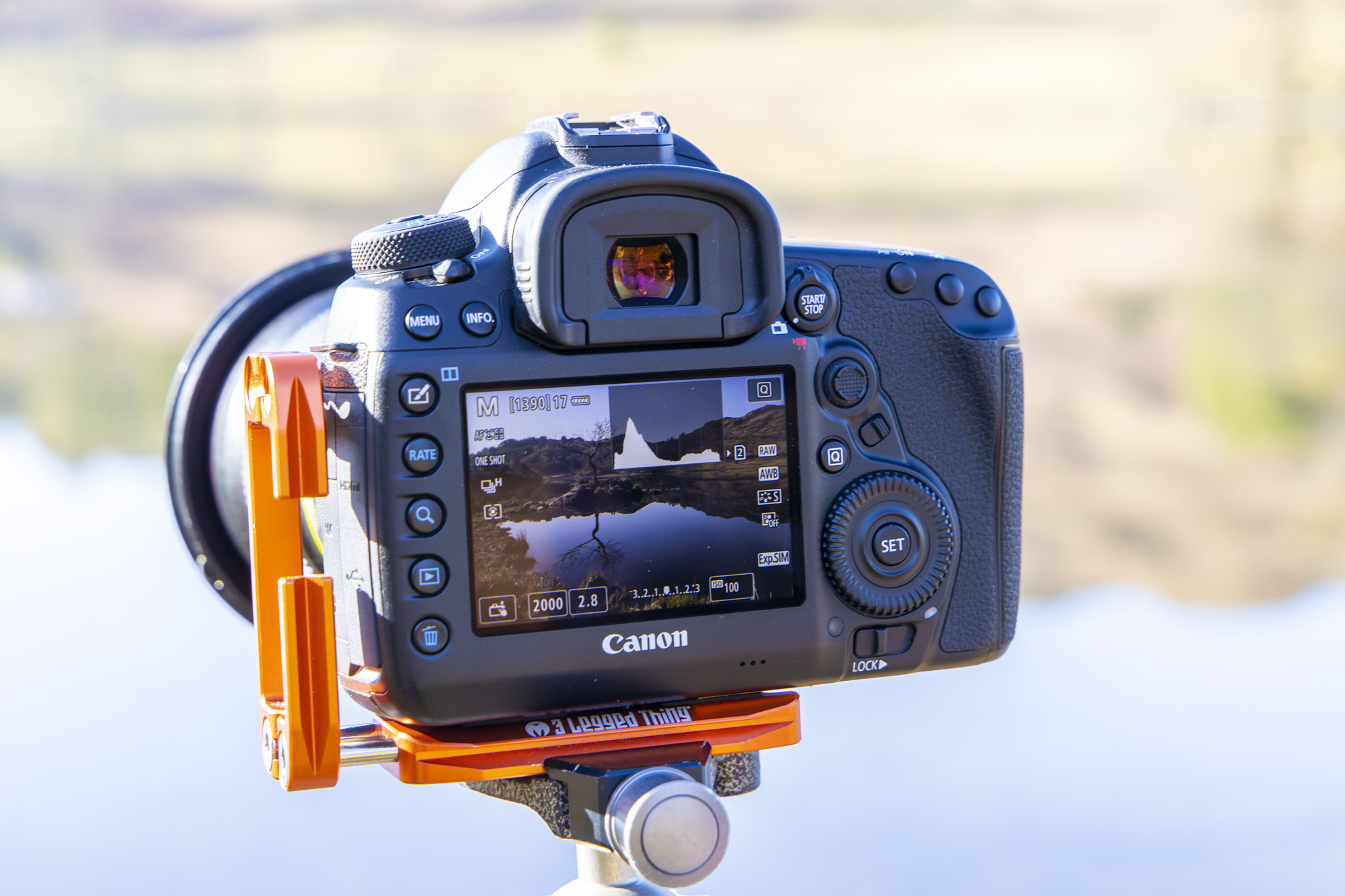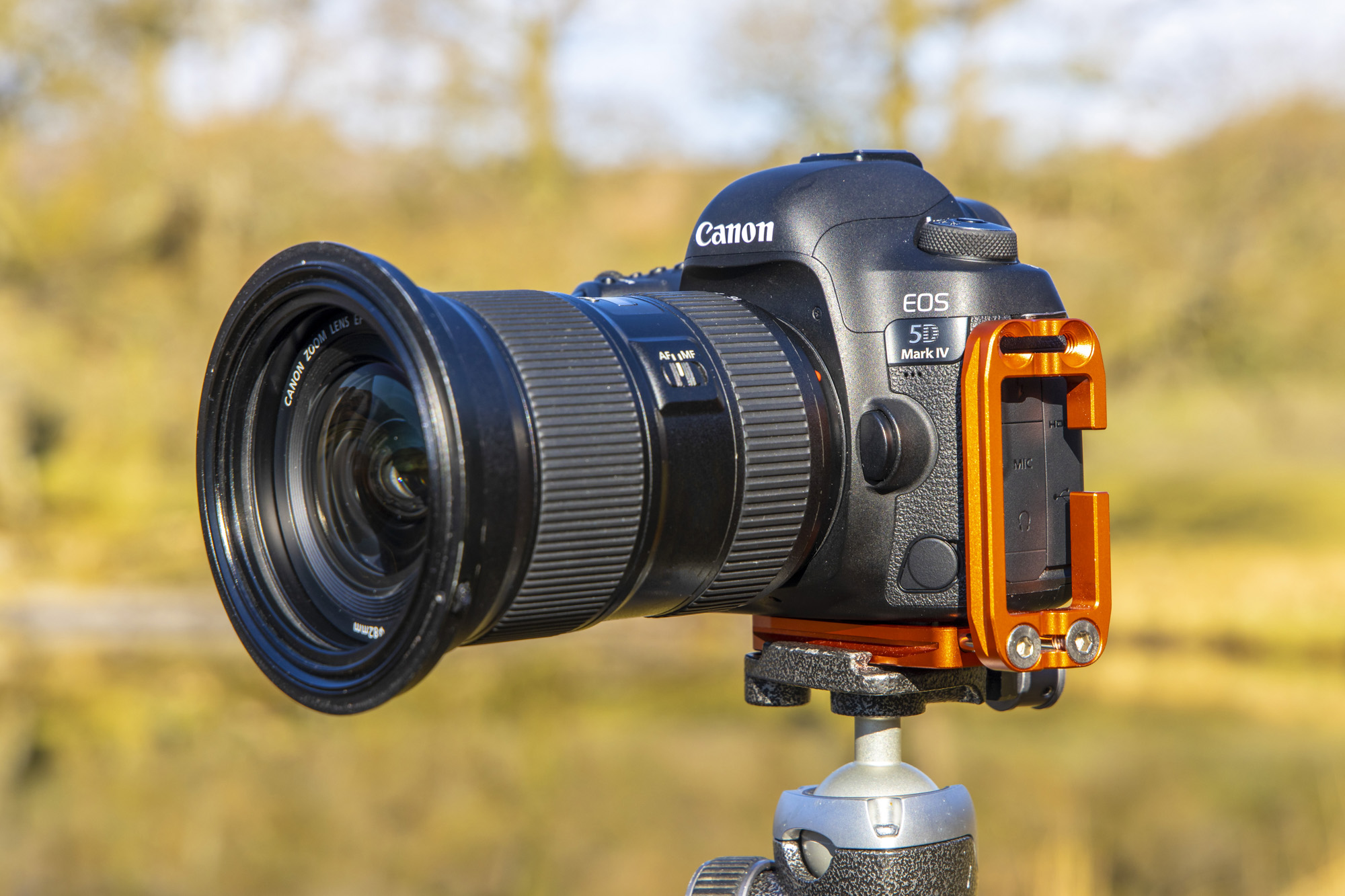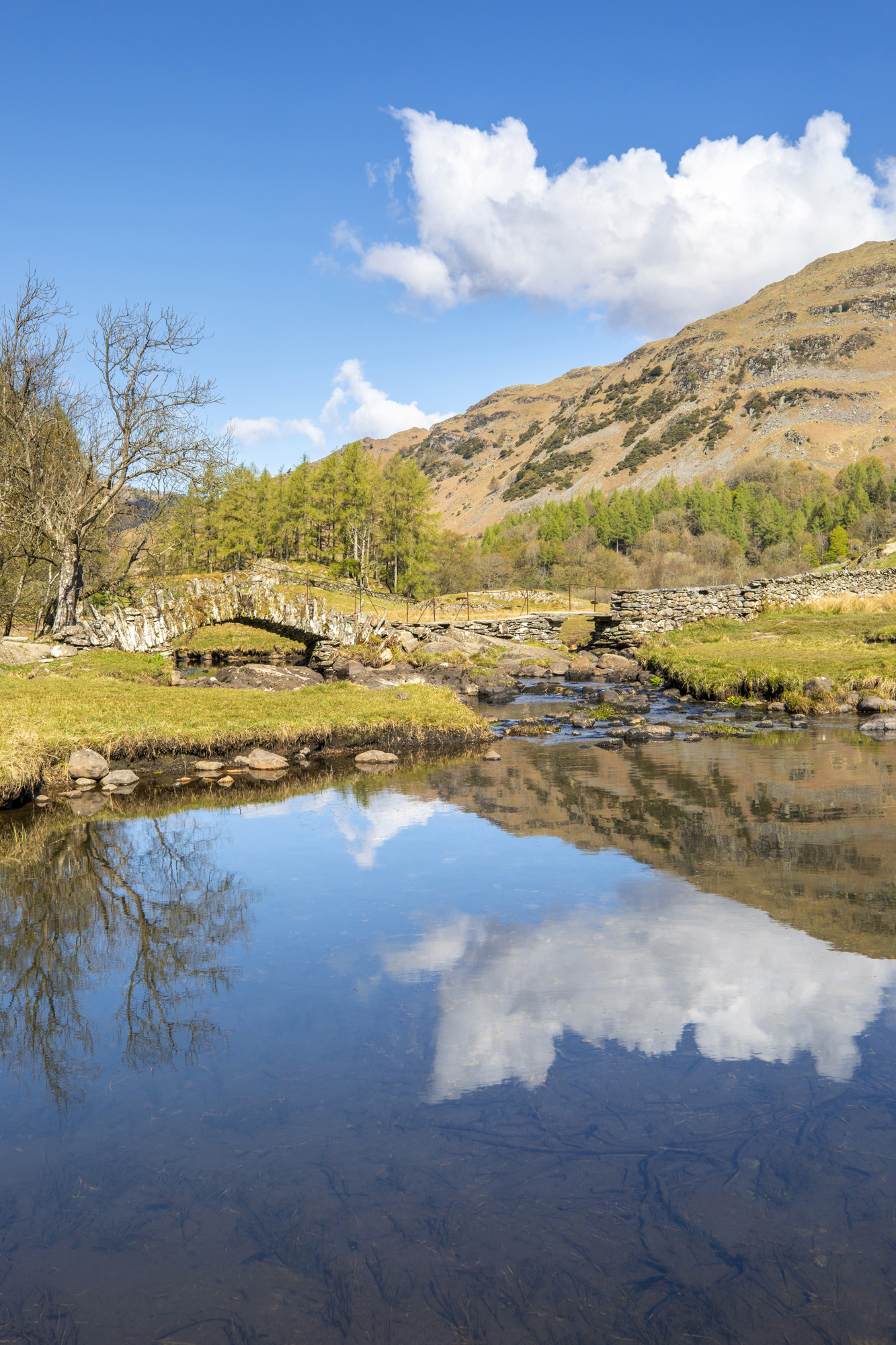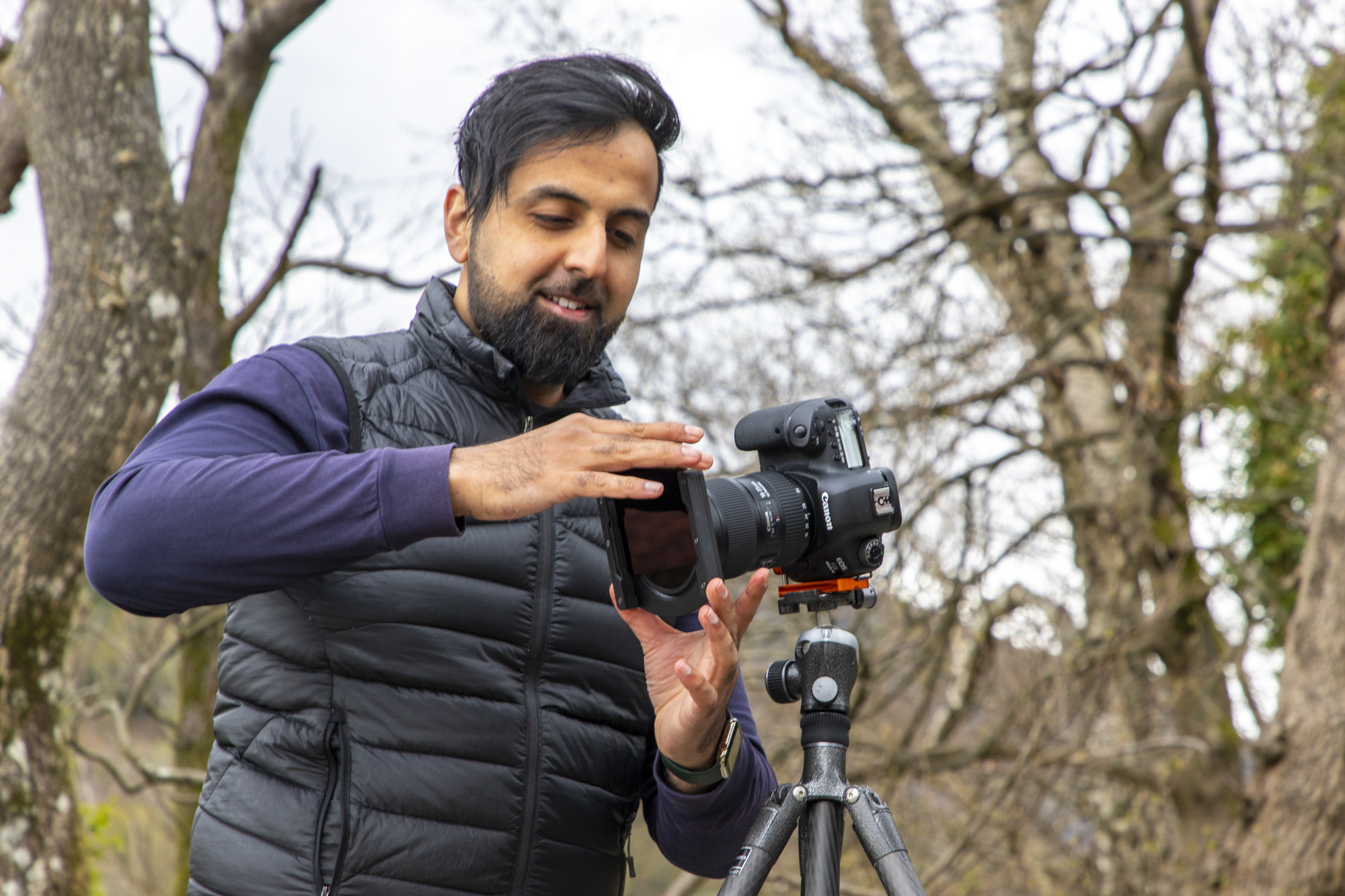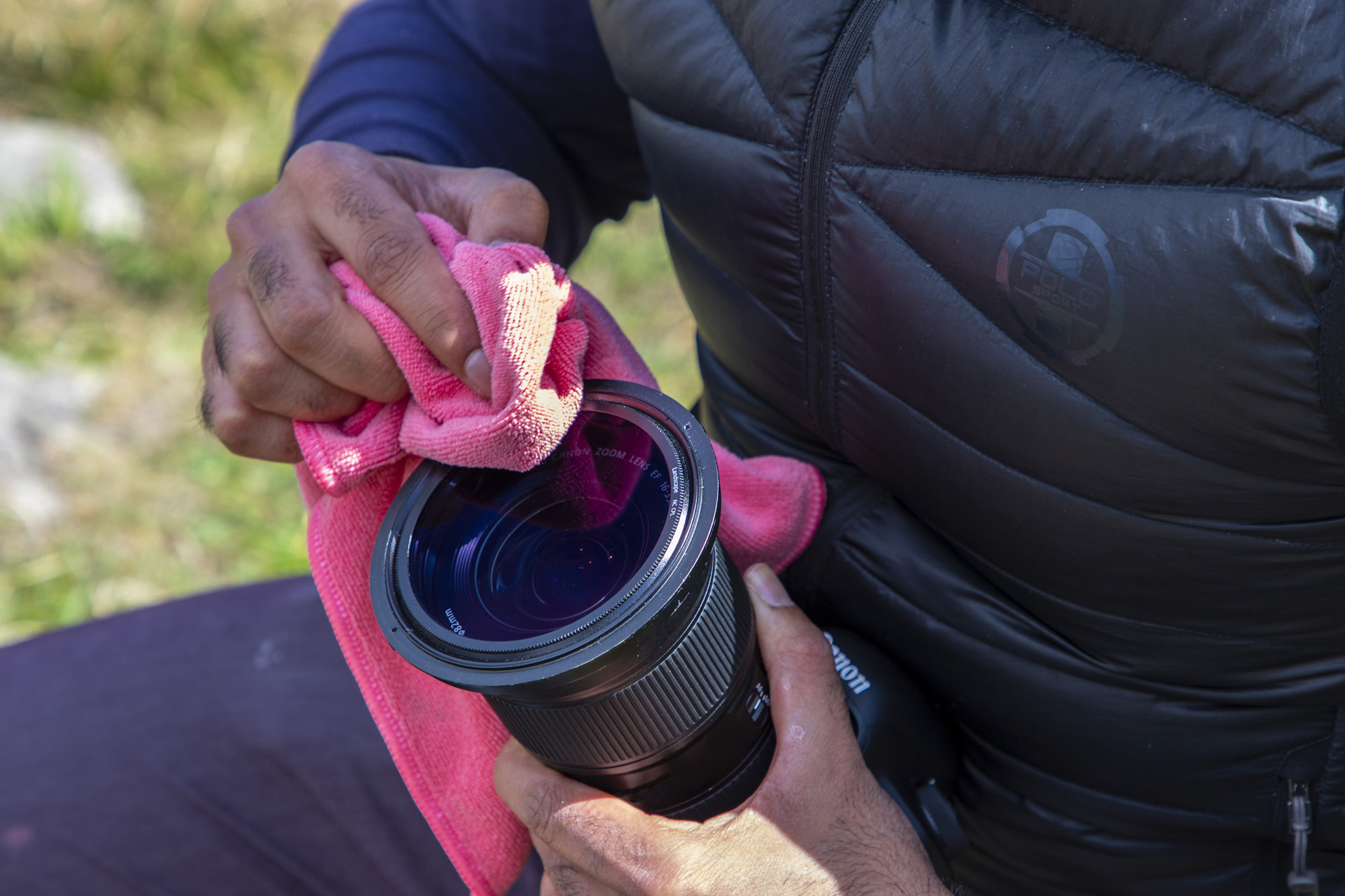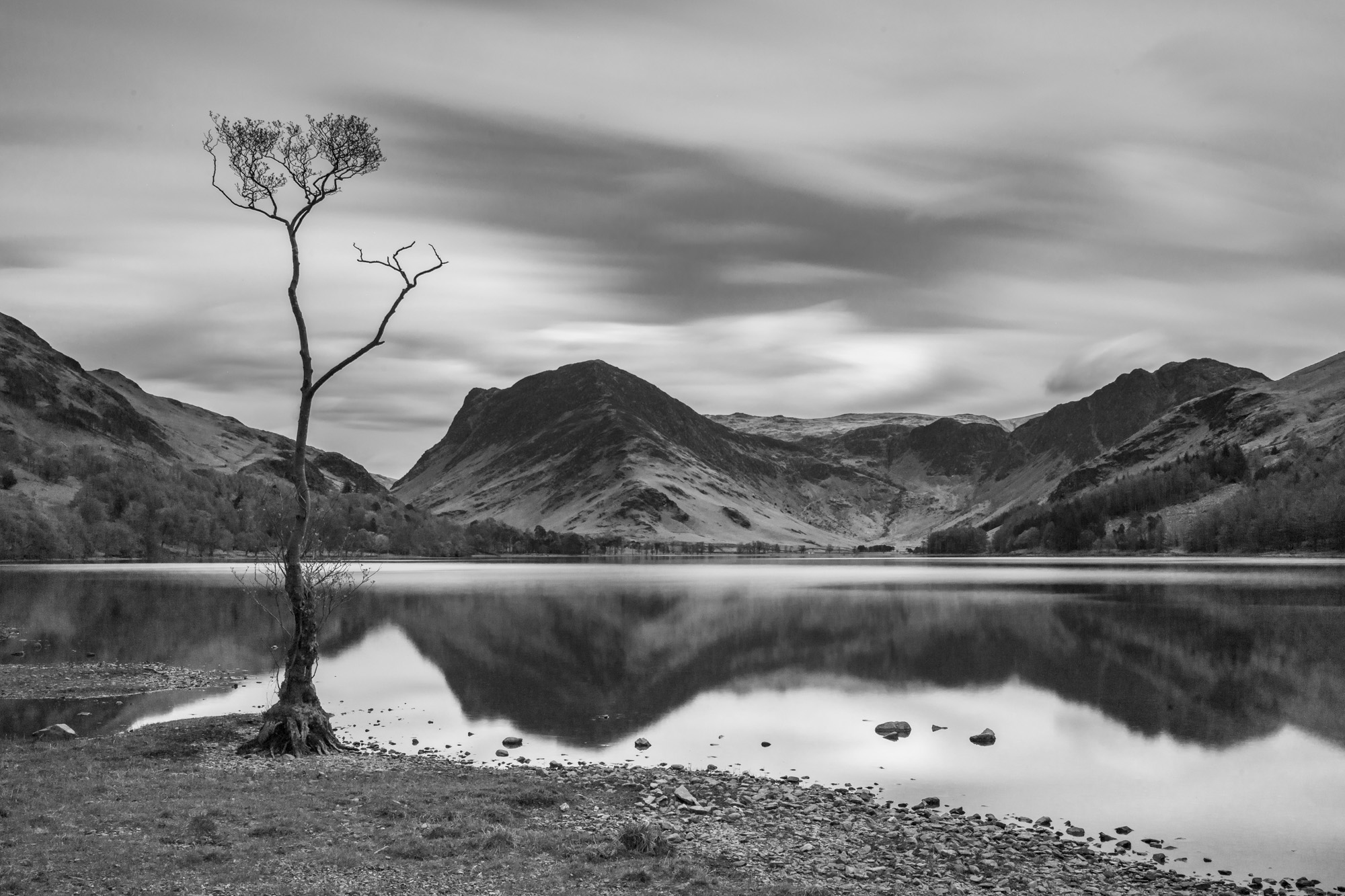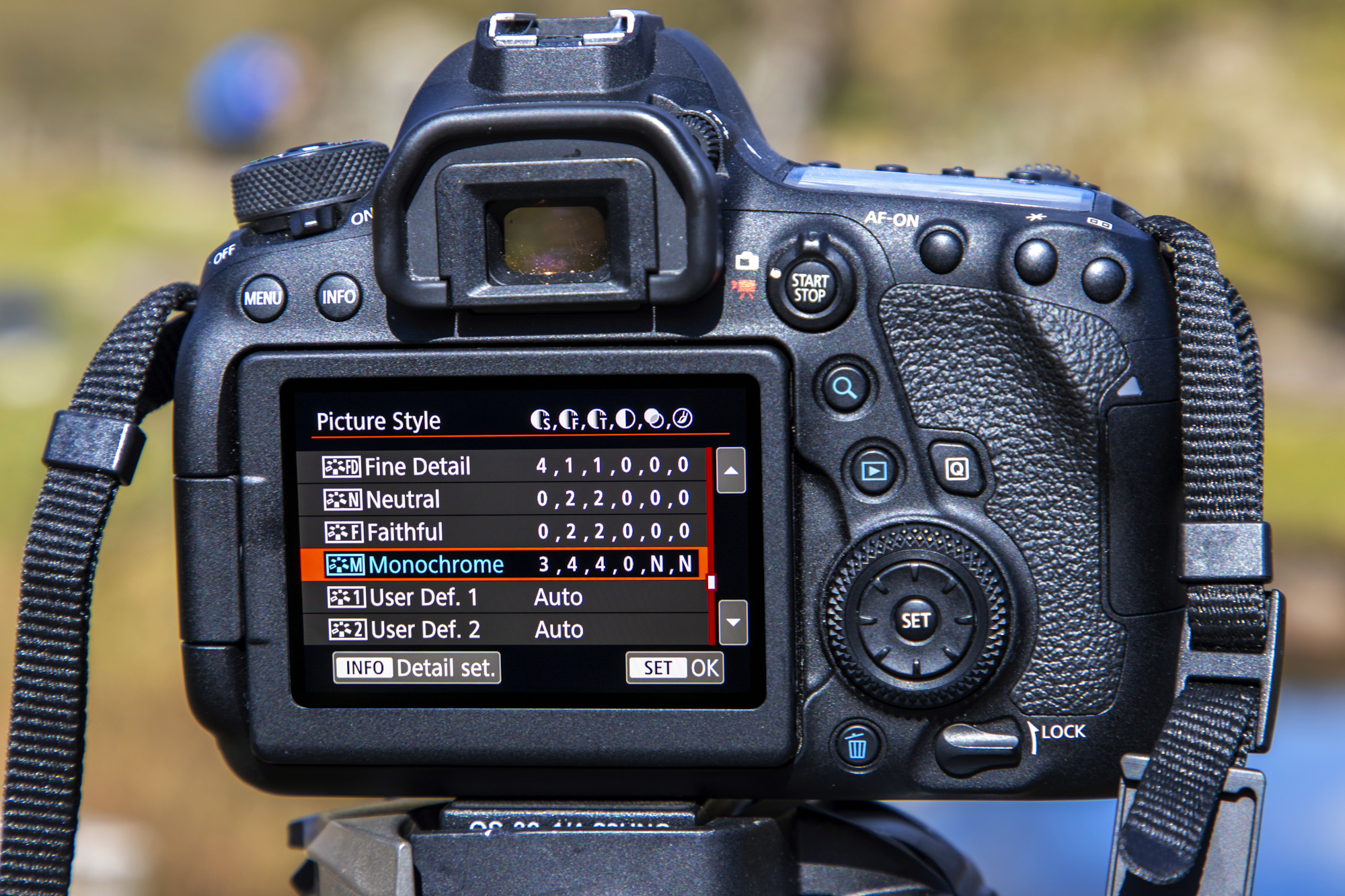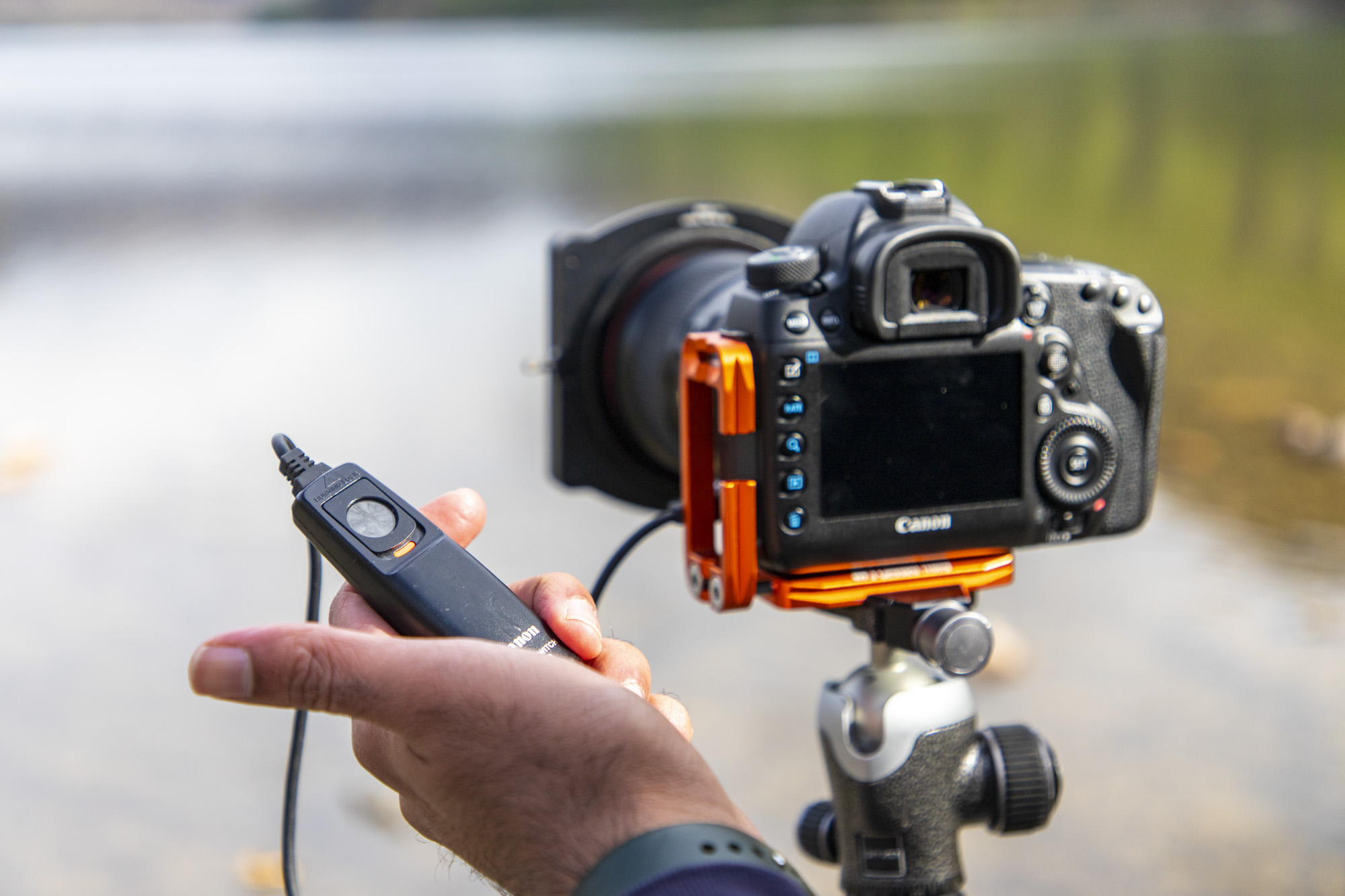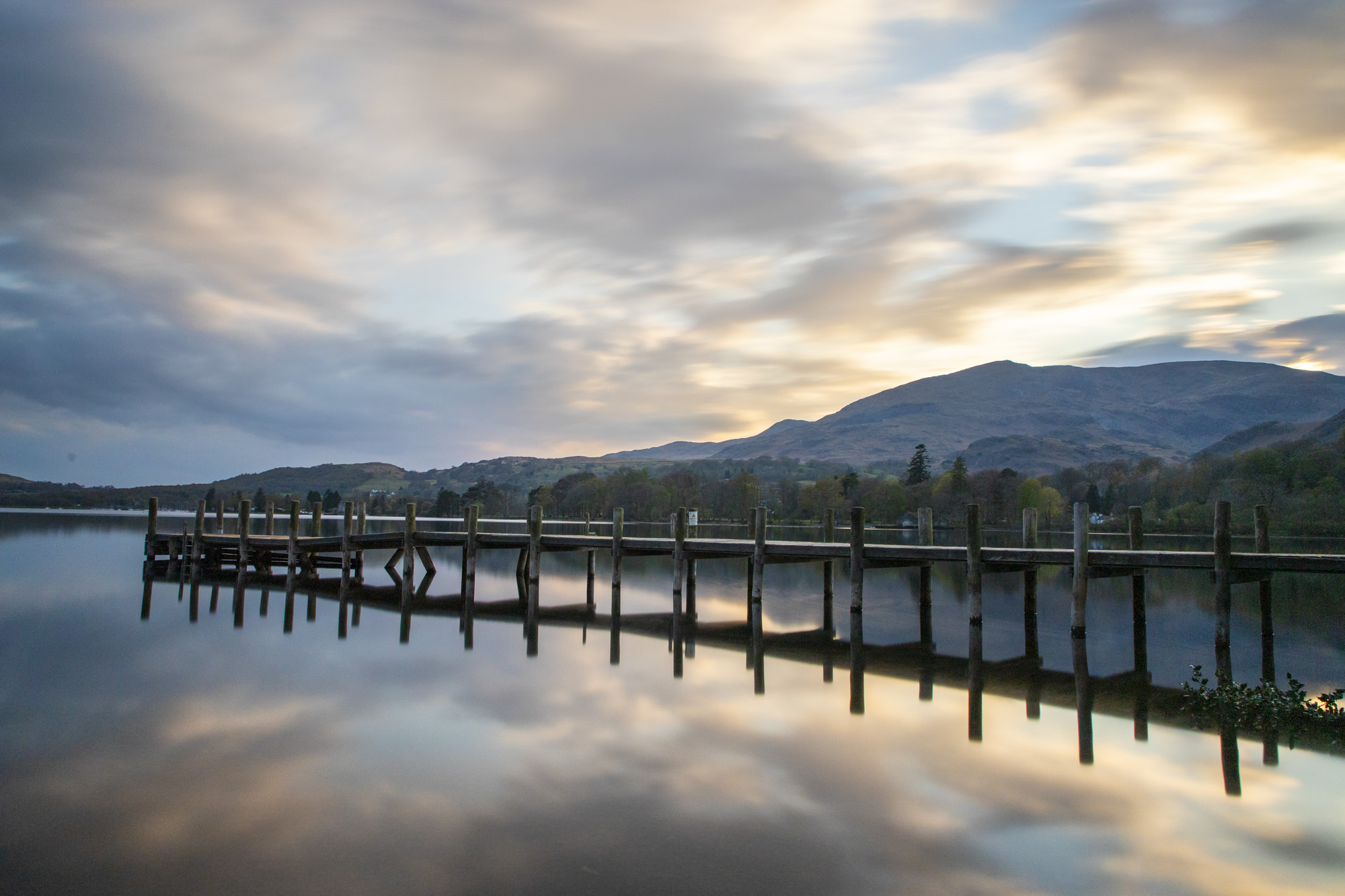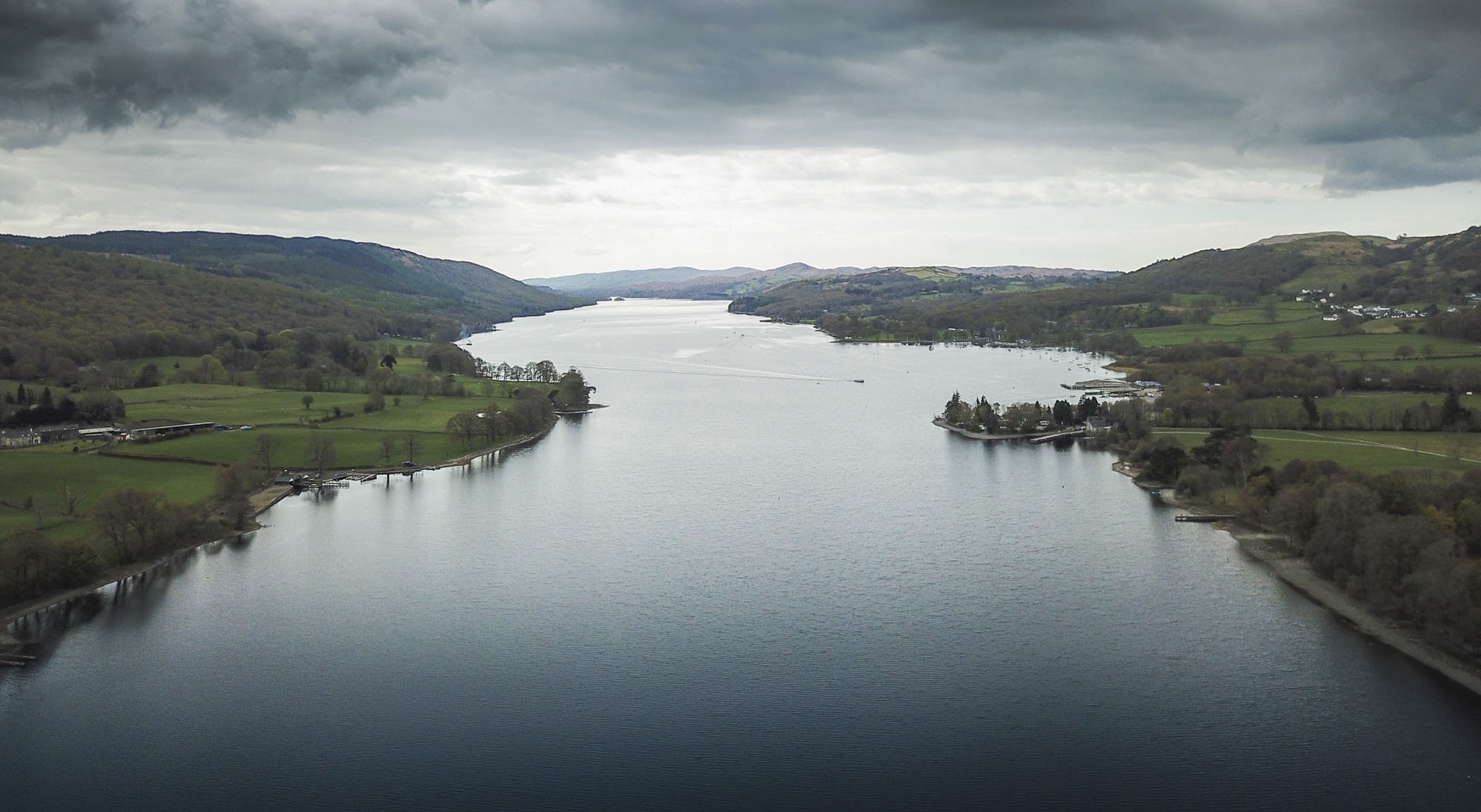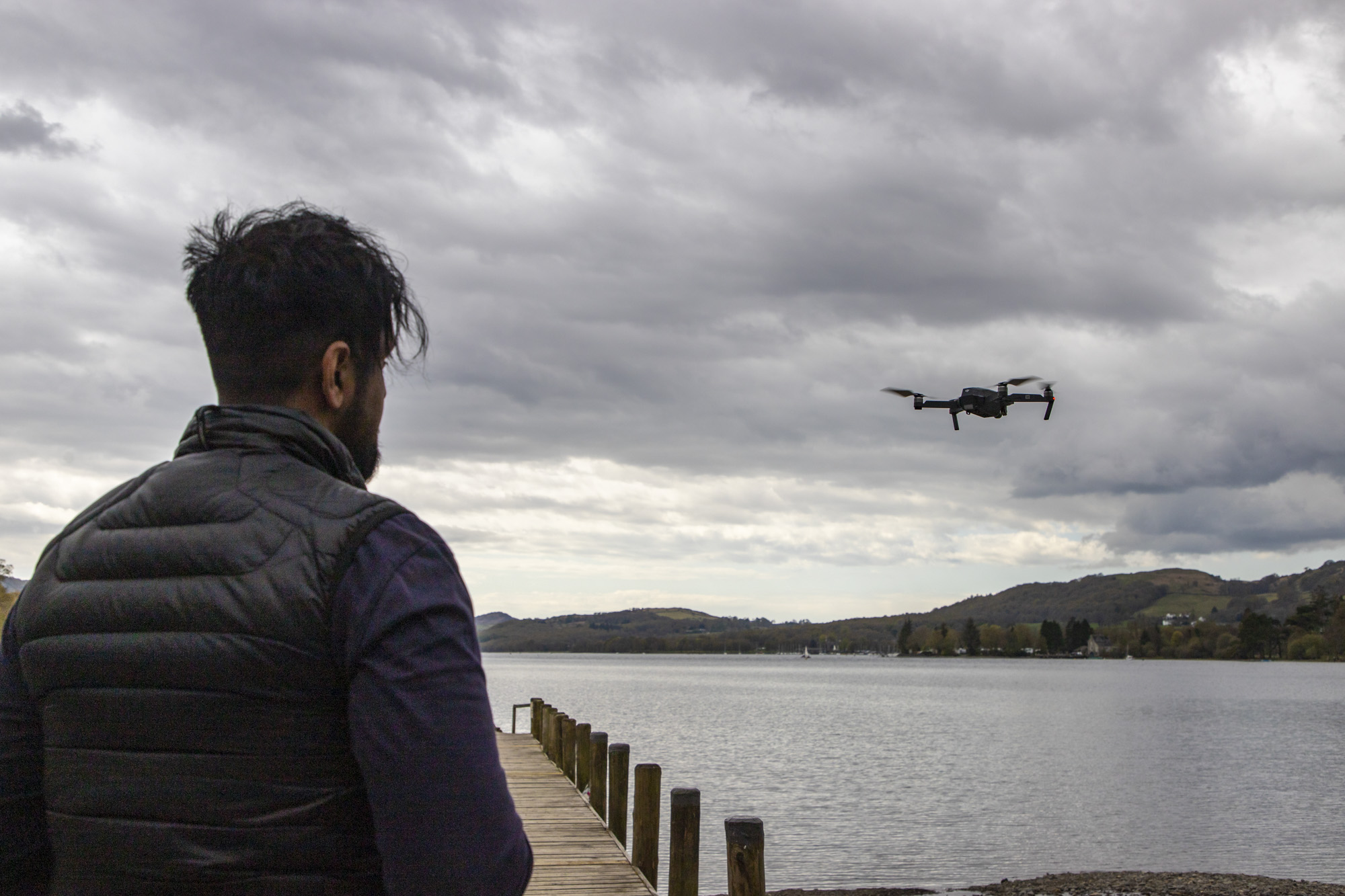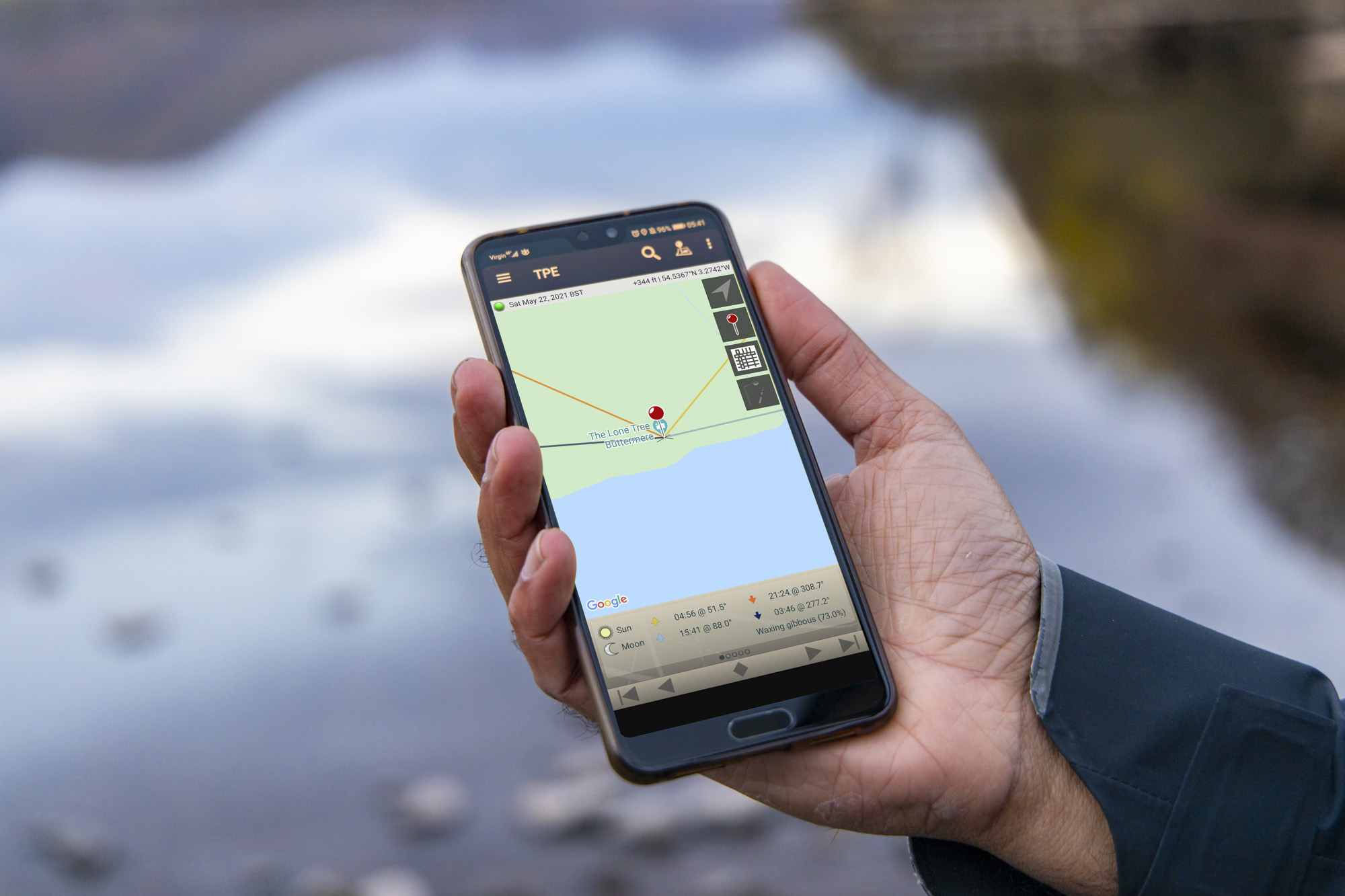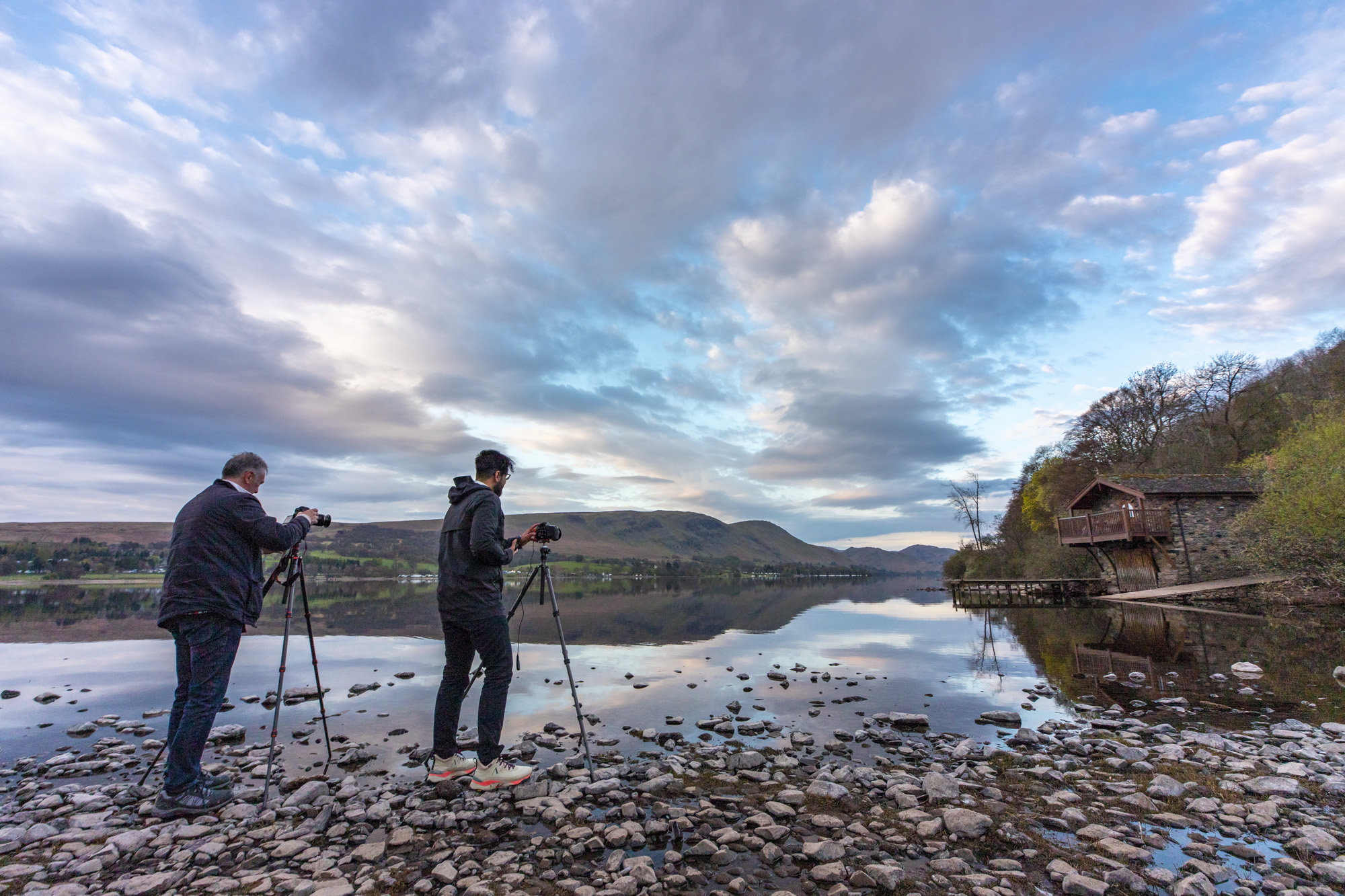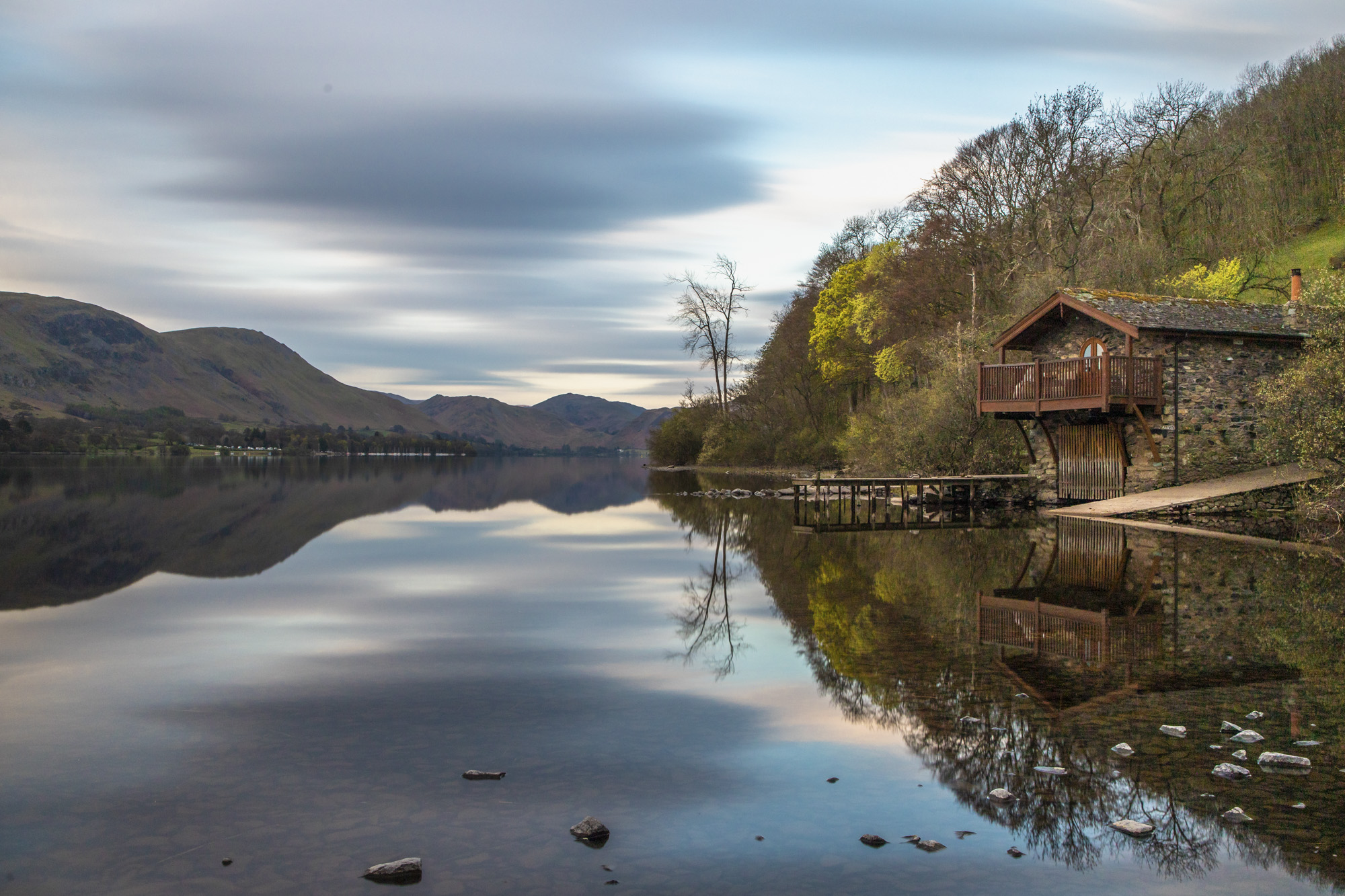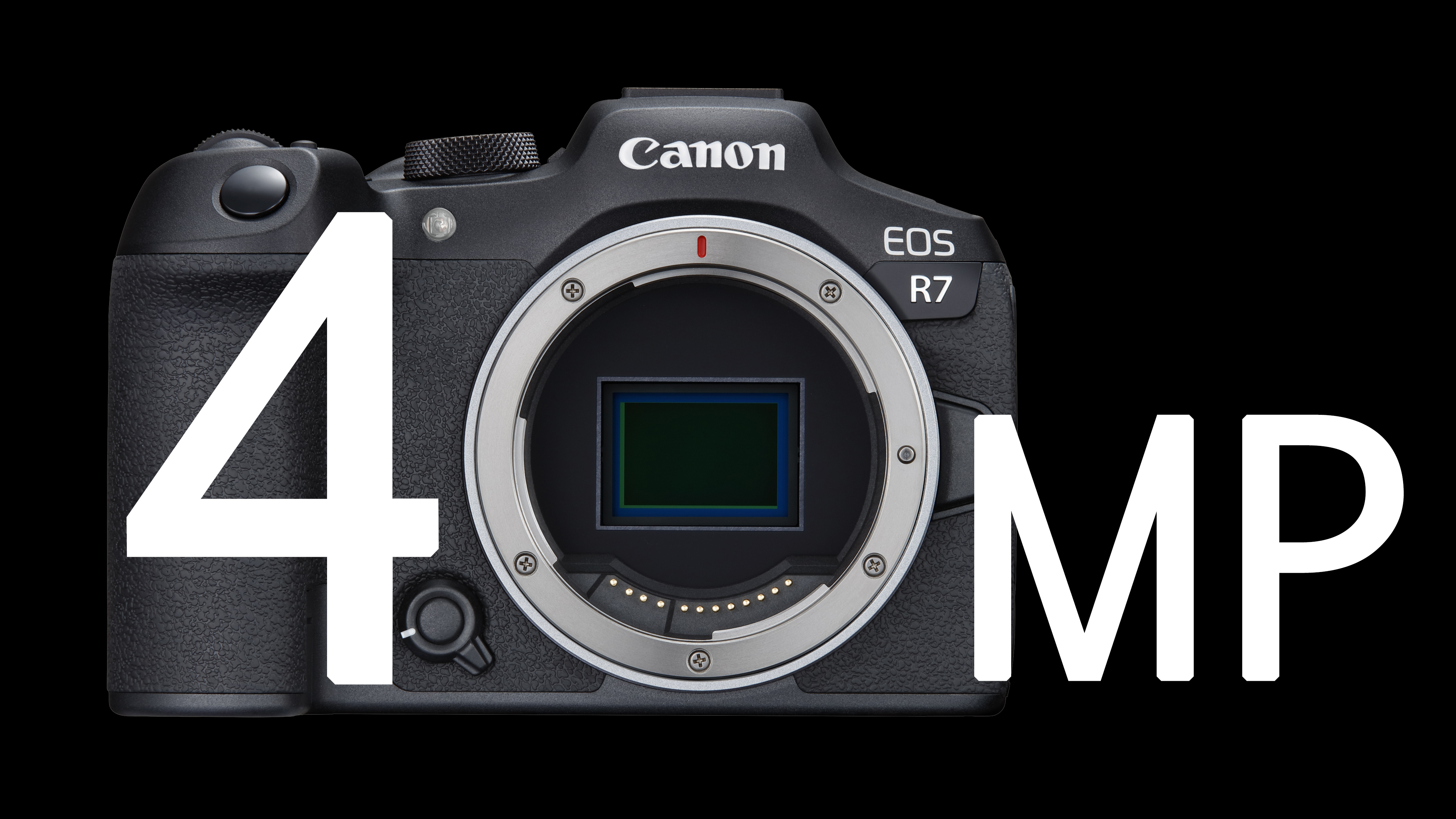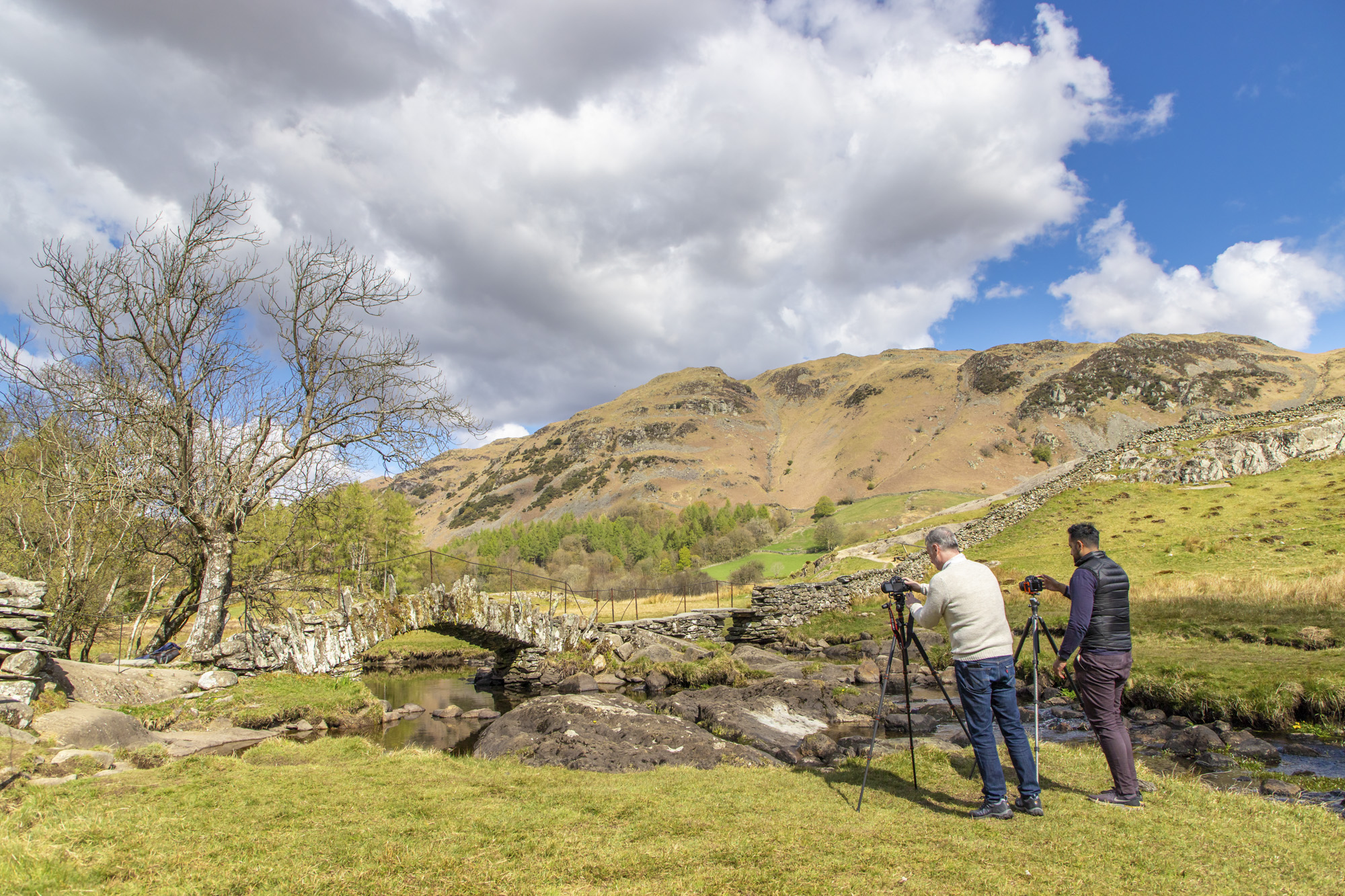
Landscapes has to be one of the most accessible and enjoyable genres that photography has to offer, so it's no surprise that it's hugely popular. However, taking a great landscape can be trickier than initially thought, as lighting, composition and photo equipment can all throw a spanner in the works.
So we caught up with UK-based professional landscape photographer, Bilal Hussain, so he could shed some light on what kit to get and his top landscape photography tips for winning outdoor images.
Bilal is a photographer and dental surgeon who loves nothing more than to unwind outside with his camera in his spare time. He’s taken pictures from deep-sea diving to soaring Cessna planes, and has a very adventurous spirit. He’s been to every continent on the planet and yet, as well-traveled as he is, the UK’s Lake District is still one of his favorite places to shoot.
We teamed him with reader of PhotoPlus: The Canon Magazine, Adrian Thomas. Here, you'll find Bilal's top 10 tips for landscapes, along with some of the images that Adrian was able to take by applying them to her own photography.
You can find out more about Bilal's work on his website.
01 Dial in some key settings
To begin, Bilal put Adrian’s camera into manual mode and set a shutter speed of 1/160 sec to remove camera shake while shooting handheld. An aperture of f/11 was used for a decent amount of sharpness throughout the scene, and an ISO of 100 would deliver the best image quality with low levels of noise. Manual mode will also enable Adrian to lock the settings in, which means they don’t change between frames even if the light is slightly different.
02 Check the histogram
Bilal advised Adrian to always check his images on the rear LCD of his camera to ensure that they’re sharp and correctly exposed. He brought up the histogram on Adrian’s camera in the playback mode to check the exposure – if the histogram is tightly bunched up on the left or right it means your shot is over- or underexposed and you’ve lost some detail. If either of these is the case, it’s best to adjust your exposure to retain more detail.
The best camera deals, reviews, product advice, and unmissable photography news, direct to your inbox!
It's also worth shooting in the Raw format to record as much exposure information as possible at the point of capture.
03 Use an L-bracket for easy framing
Bilal uses one of the best L-brackets, the Ellie L-bracket from 3 Legged Thing, which is compatible with his Canon EOS 5D Mark IV and allows him to quickly switch his camera between portrait and landscape orientation, using the Arca-Swiss connection on his tripod. His L-bracket is bright orange, too, making it easy to find in his kit bag when shooting in low light!
04 Invest in a set of high quality filters
Bilal uses a whole range of filters from NiSi with his 16-35mm wide-angle lens. He always has a circular polarizer attached to help cut down reflections in water or boost the blues in the sky. He also has a filter holder to add his NiSi 10-stop neutral density filter to, which blocks out 10 stops of light, turning a regular shutter speed of 1/30 sec into 30 secs, blurring moving elements in the scene. The best neutral density filters and the best polarizing filters are available from a variety of brands and for a variety of budgets.
05 Get a wide-angle lens
Any optic with a focal length below 50mm is considered a wide-angle lens, as it provides a wider perspective than what the human eye can see. This makes them perfect for squeezing in expansive vistas. Bilal’s wide-angle optic of choice is the Canon EF 16-35mm f/2.8L USM, which has a super-wide 16mm end and can be zoomed to 35mm for less distortion. It also has a front filter thread, so filters can be applied easily.
06 Go mono
Landscapes are well suited to a black-and-white treatment, therefore it can be beneficial to make your Live View mono, which will help you visualize your scene without color.
On a Canon camera, for example, this can be done by changing the Picture Style in the menu and will enable you to compose your scene focusing on the shape and contrast within the frame, rather than any colors. If you shoot Raw you’ll still have access to the color version if needed, too.
07 Use a shutter release cable for long exposures
Bilal uses a shutter release cable that plugs into his camera body and enables him to fire the shutter remotely, to avoid any camera shake from pressing the camera shutter button.
Many of the best camera remotes and cable releases enable you to lock the shutter button down. This is useful when shooting in Bulb mode, as the shutter will stay open for as long as the shutter is pressed down so you can shoot exposures that are several minutes long, rather than the stock 30 seconds - the maximum exposure time that many cameras top out at otherwise.
08 Get an aerial perspective with a drone
To get a fresh perspective Bilal often brings his DJI Mavic Pro drone with him on landscape shoots to get an angle you simply can’t from ground level, like this moody and atmospheric high angle shot aiming down the lake at Coniston Water.
A fully charged battery gives roughly 20-30 minutes of flight time, though Bilal always carries spare batteries to keep his camera drone going if one battery gets fully drained. Always stay up to date with the latest drone flying laws in your country. If you're in the UK, like I was for this shoot at the Lake District, check the CAA website www.caa.co.uk
09 Use photo apps
Bilal uses The Photographer’s Ephemeris app on his phone to work out the direction the sun will be setting and rising throughout the day. One of this photo apps' brilliant features is that you can drop a pin anywhere on the map and it will show you the direction the sun will be approaching throughout the day. This makes it an incredibly powerful tool for planning landscapes, as you can work out where you need to be to capture your scene with the best possible lighting.
10 Get a professional tripod
Using one of the best tripods for photography and pairing it with one of the best ball heads for tripods (or whatever style of head you prefer) will certainly make your life as a landscape photographer easier. As a well-versed explorer of all four corners of the globe, it’s no surprise that Bilal’s tripod is the Gitzo GT2545T Traveller, which collapses down to just 44.5cm and can be extended to an impressive 154.5cm. It also supports up to 12kg of kit! More than enough, even for Bilal’s telephoto zoom lenses. He’s paired his tripod with a Gitzo ball head so he can make adjustments fast, unlocking and locking off the composition with a single knob.
You might also like...
Want to ensure you've got the right gear to capture great landscapes? Take a look at the best cameras for landscape photography, as well as the best lenses for landscapes. And, even if you've already got a solid tripod, are you using the right tripod head for landscape photography?

In addition to being a freelance photographer and filmmaker, Dan is a bona fide expert on all things Canon and Adobe. Not only is he an Adobe-certified Photoshop guru, he's spent over 10 years writing for specialist magazines including stints as the Deputy Editor for PhotoPlus: The Canon Magazine, Technical Editor for Practical Photography and Photoshop Editor on Digital Photo.
